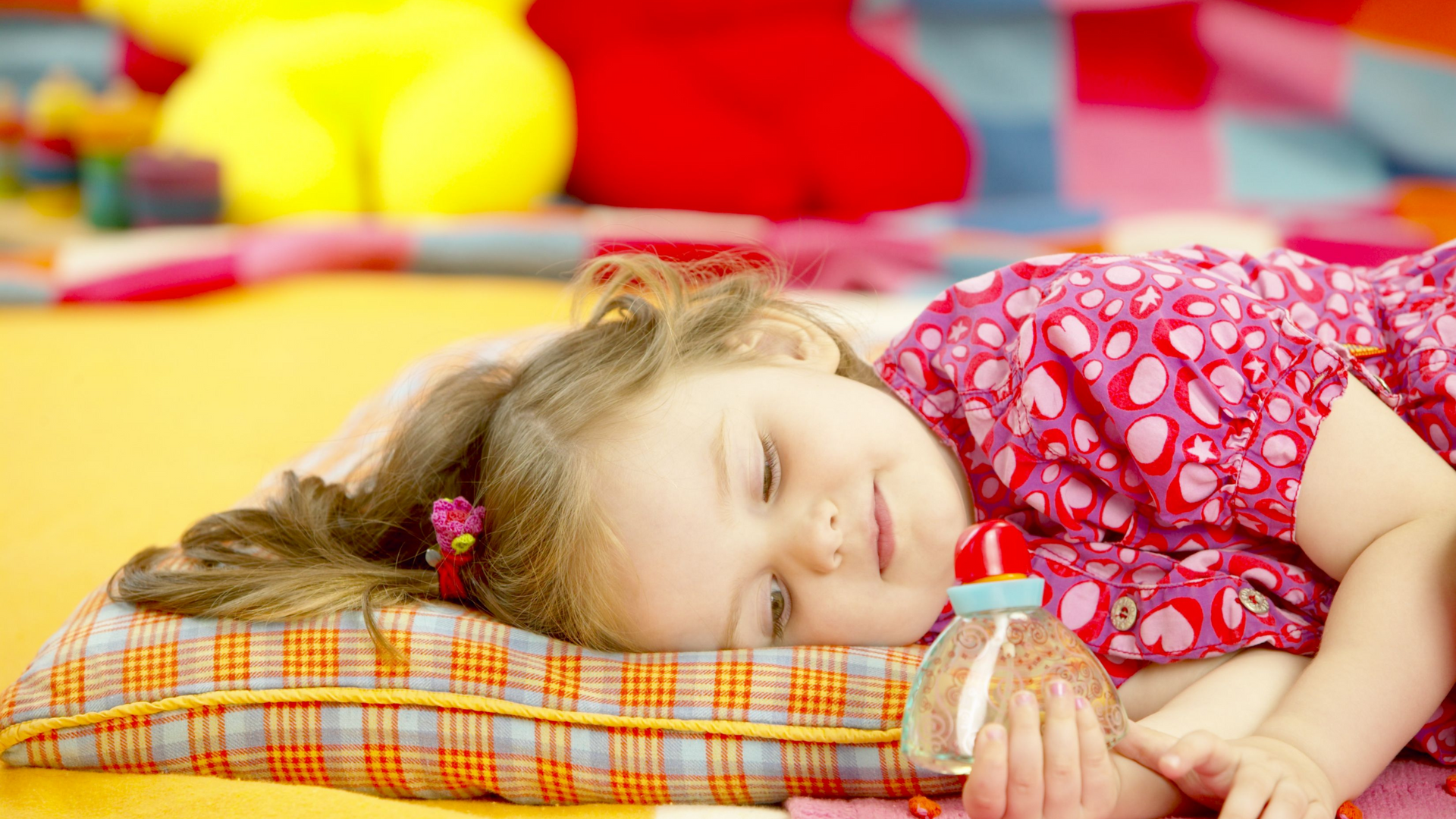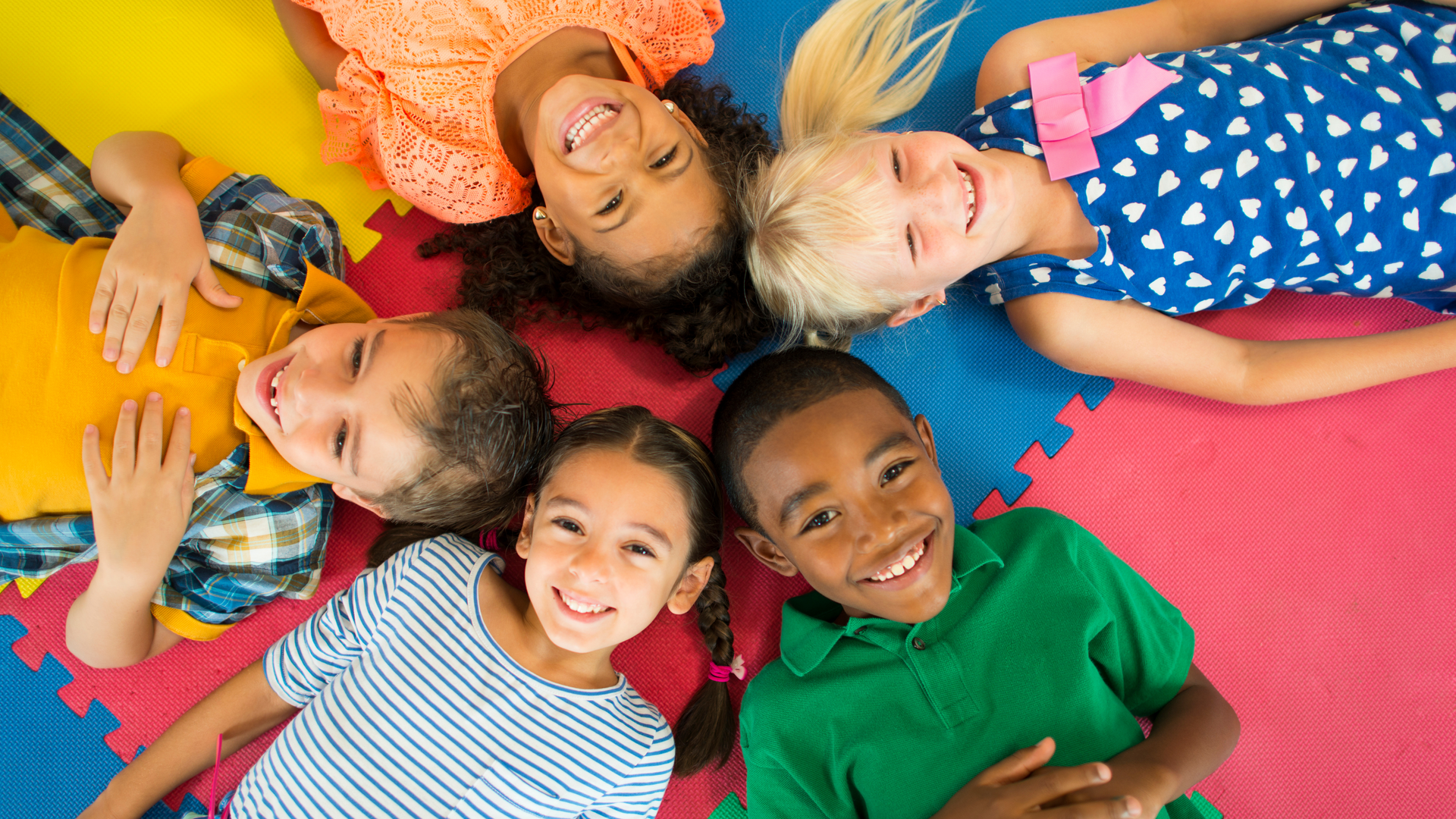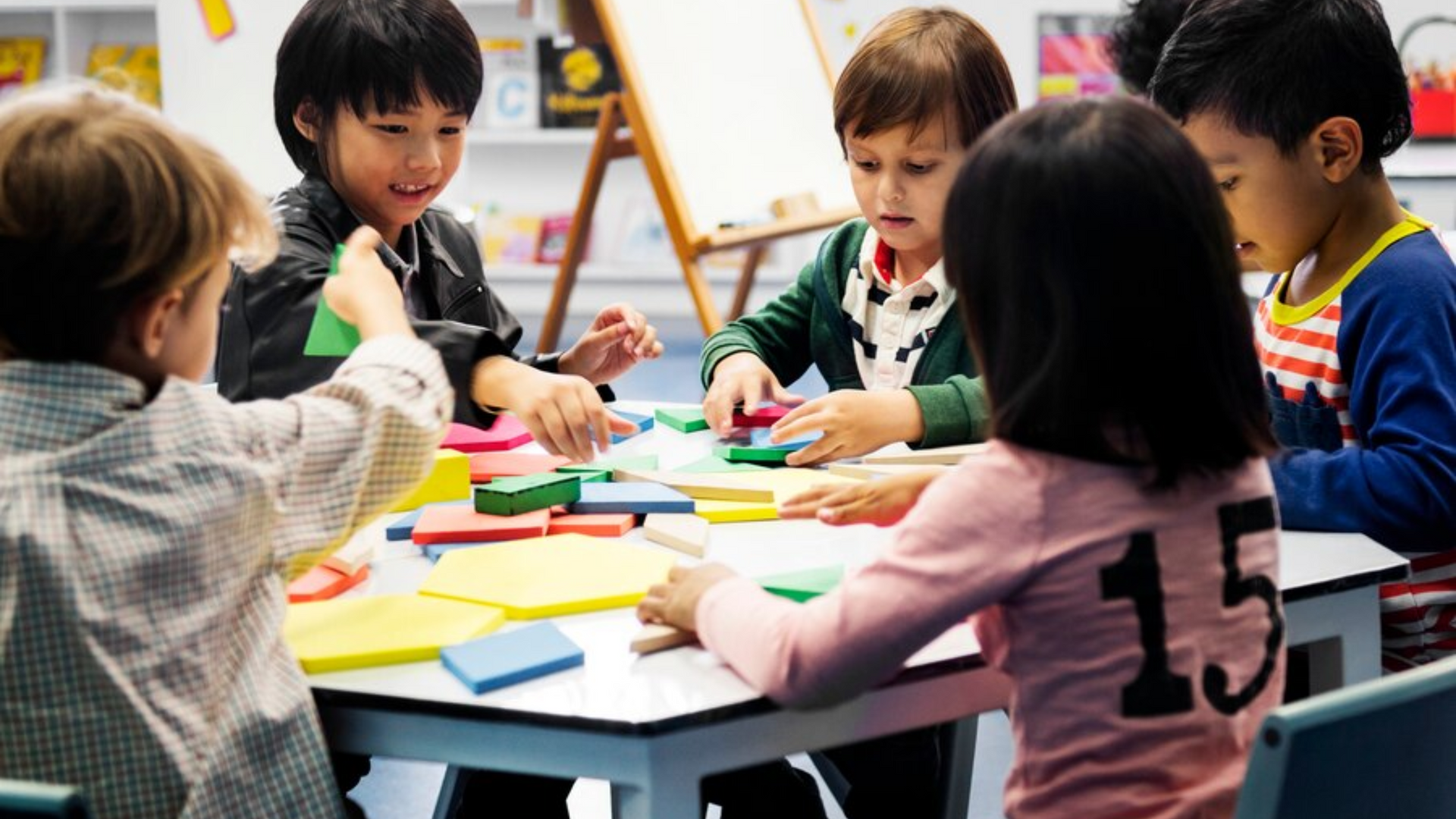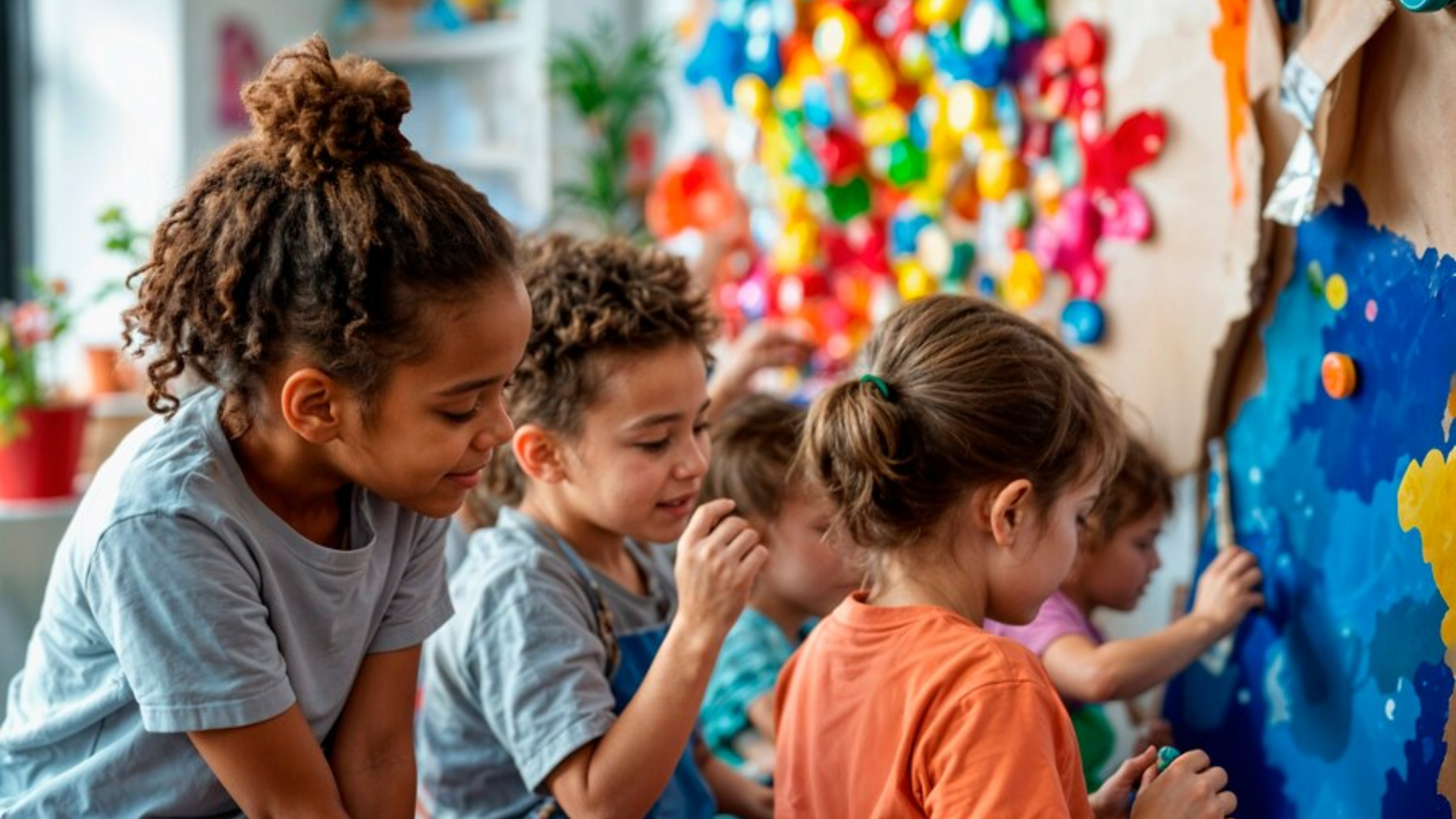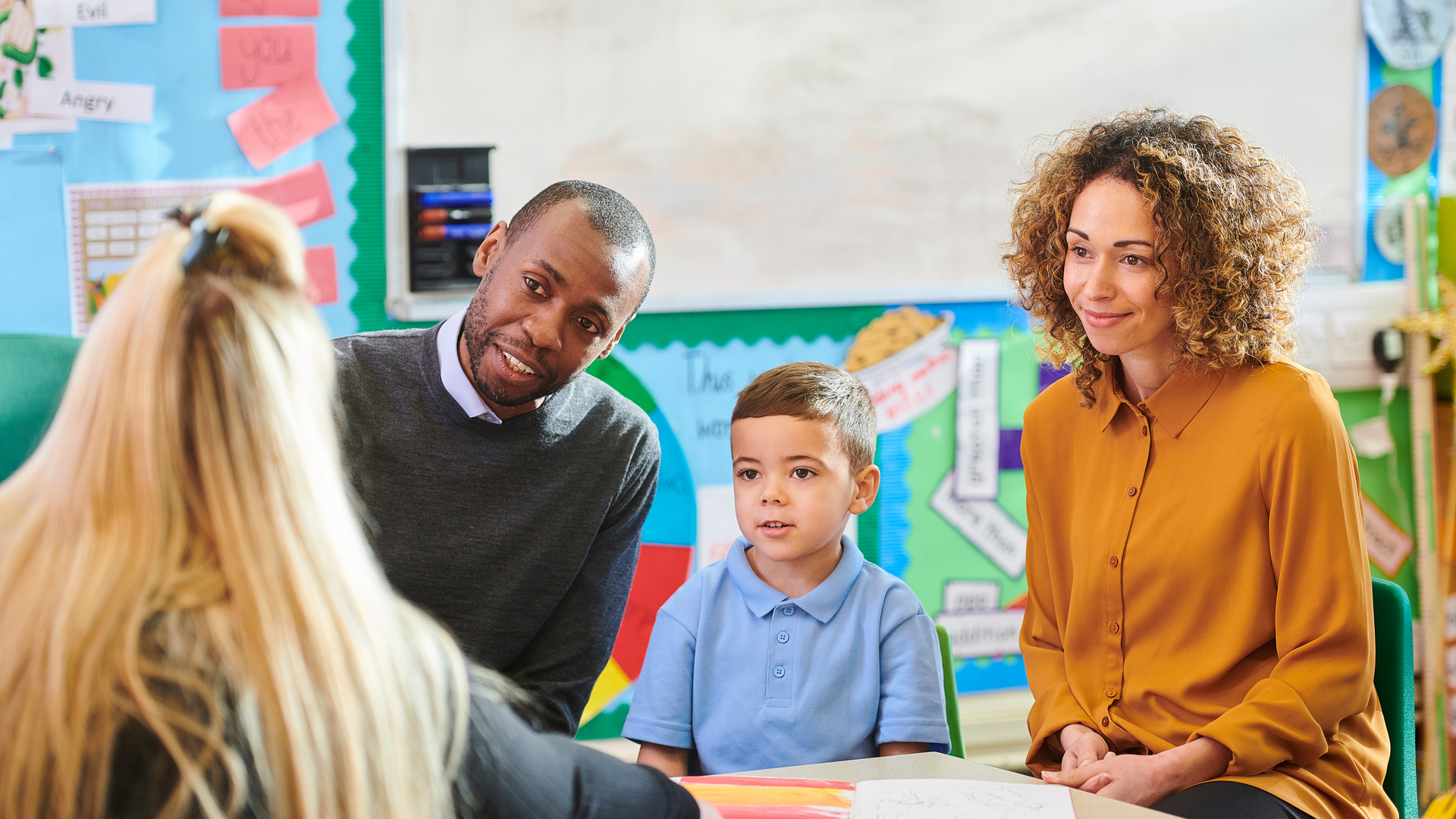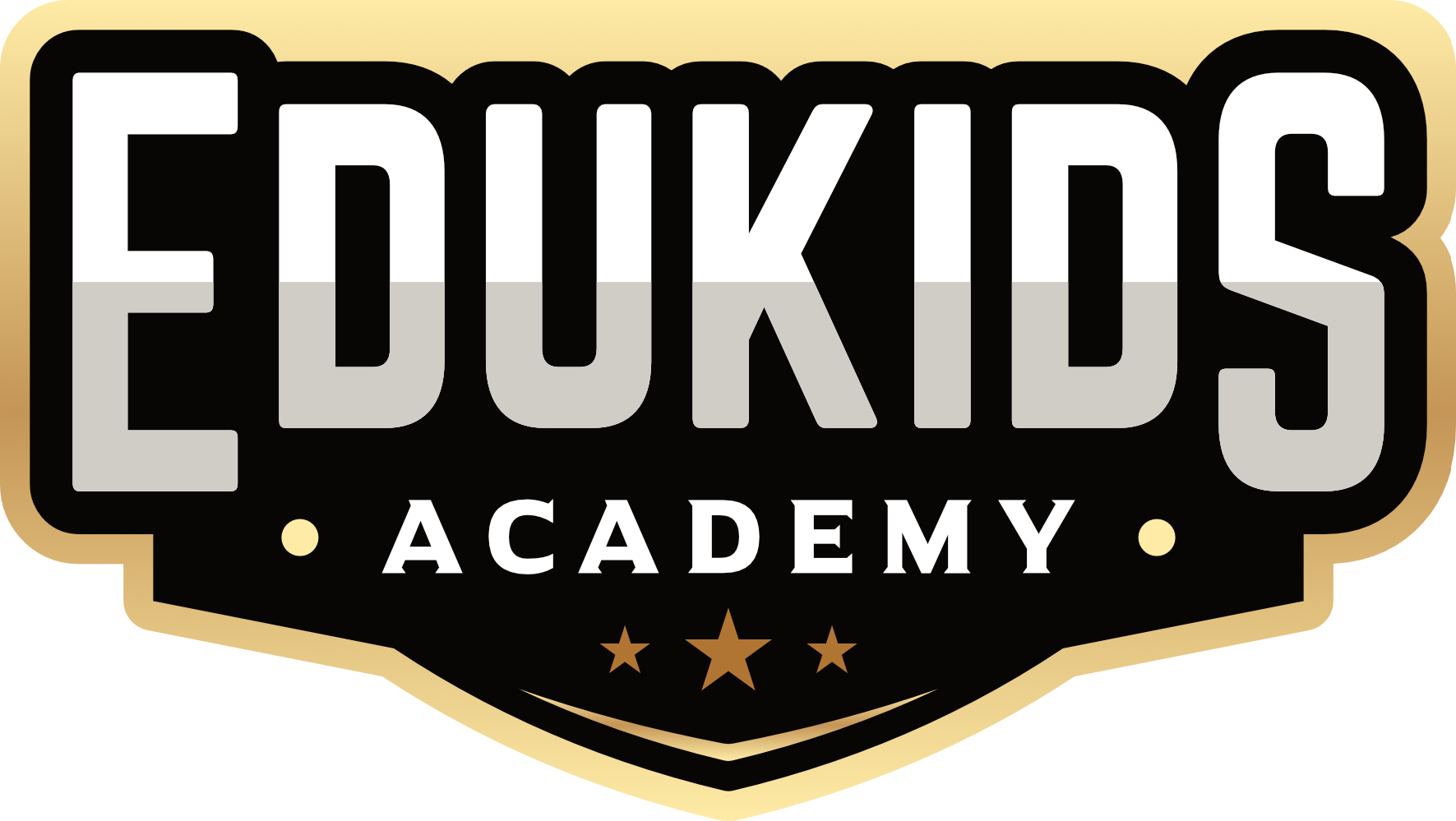The Magic of Music and Movement in Early Childhood Learning
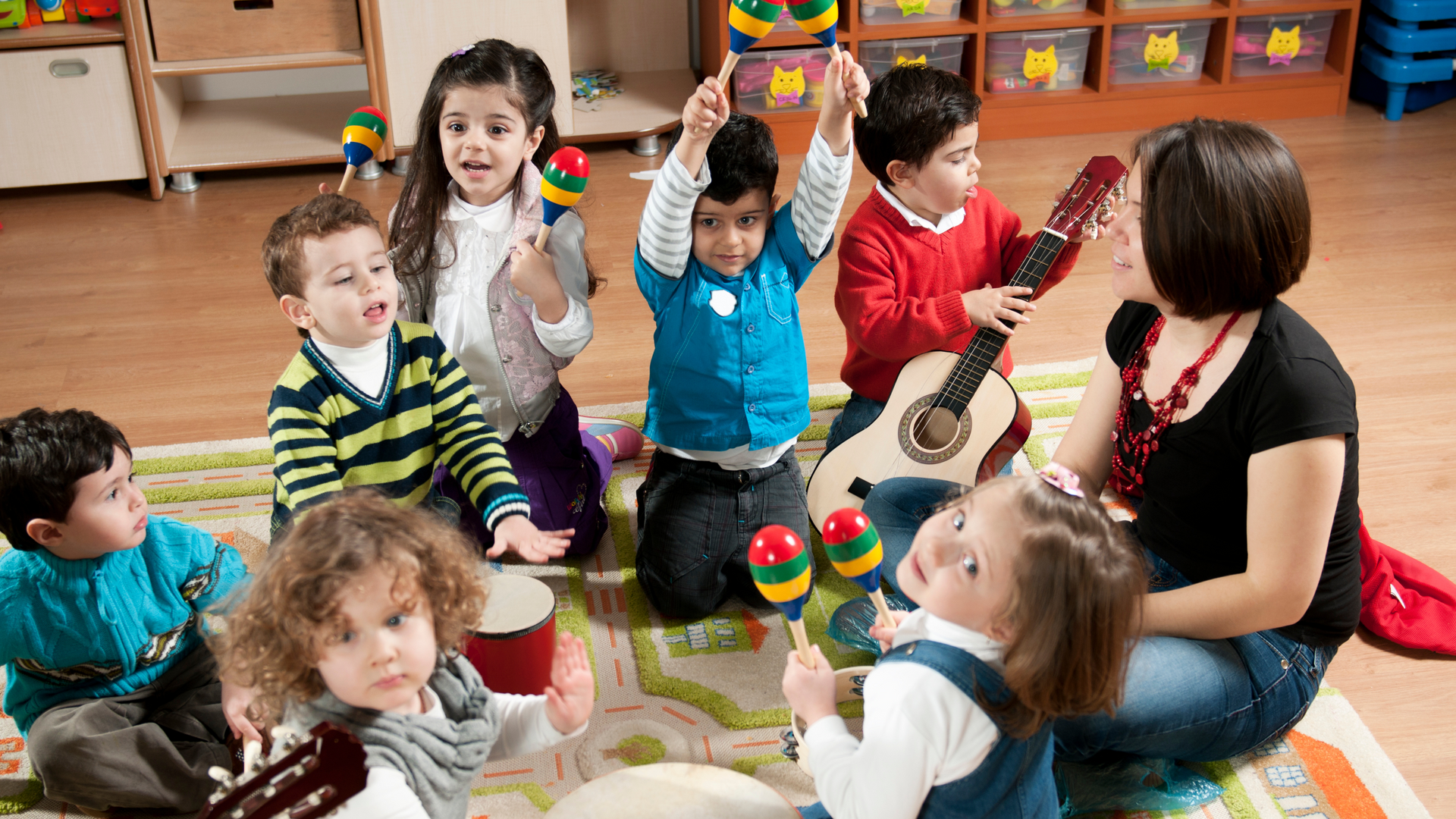
As parents and educators, we are constantly seeking effective ways to nurture a child’s growth, curiosity, and learning potential. One of the most powerful tools available to us is music and movement. From lullabies to dance parties, music and movement play a vital role in the development of young children. At Edukids Academy, we understand the profound impact that these elements have on early childhood learning and strive to incorporate them into our daily programs.
In this article, we’ll explore how music and movement contribute to early childhood development and why they are essential for nurturing the whole child.
The Power of Music in Early Childhood
Music has been an essential part of human culture for centuries. It’s not just an enjoyable experience; it has a profound effect on brain development. For young children, music can serve as an incredible tool for learning and growth. Research shows that musical experiences help children develop language skills, cognitive abilities, and emotional intelligence. Here’s how music fosters development in the early years:
1. Language Development
One of the most significant benefits of music for young children is its impact on language acquisition. Songs and rhymes introduce new words, concepts, and sentence structures, helping children expand their vocabulary. Music also helps young learners develop listening skills, which are essential for comprehension and communication.
Children who are exposed to music early on are more likely to develop better speech and language skills as they grow. For example, nursery rhymes and songs with repetitive phrases help reinforce phonological awareness, which is a critical precursor to reading.
2. Cognitive Growth
Music has a direct connection to the brain’s cognitive functions, particularly in the areas of memory and attention. The patterns, rhythms, and melodies found in music help children develop their ability to recognize sequences and patterns. This is a crucial skill that underpins many aspects of learning, from mathematics to reading.
Moreover, learning music involves the use of both hemispheres of the brain, fostering cognitive growth in areas such as problem-solving, critical thinking, and spatial-temporal reasoning. Studies have shown that children who engage in music lessons demonstrate better performance in subjects like math and science.
3. Emotional Expression
Music provides children with an emotional outlet. The various rhythms, tempos, and tones in music can evoke different emotions, and young children can learn to identify and express how they feel through music. This helps develop emotional intelligence and empathy. For example, fast and upbeat songs may express joy or excitement, while slower, softer songs may communicate sadness or calmness.
Incorporating music into a child’s daily routine helps them build emotional awareness and understanding. It encourages children to explore their feelings in a safe and creative environment, contributing to emotional regulation and self-expression.
4. Social Skills Development
Participating in group music activities, such as singing in a circle or playing instruments together, helps children develop essential social skills. These activities encourage cooperation, turn-taking, and teamwork. As children interact with their peers, they learn to share, listen, and collaborate in a group setting.
Additionally, music provides a unique opportunity for children to bond with their caregivers and educators. Whether it’s through singing songs or dancing together, music fosters connection and trust-building.
The Magic of Movement in Early Childhood Learning
Just as music is crucial for development, so is movement. Physical activity plays a vital role in supporting children’s growth and learning. In fact, research shows that physical movement helps children develop not only their bodies but also their minds. Let’s take a look at how movement benefits early childhood learning:
1. Gross Motor Skills
Movement activities help children develop their gross motor skills—large muscle movements that are important for tasks like walking, running, jumping, and climbing. By engaging in activities such as dancing, jumping, or playing games that involve physical activity, children improve coordination, balance, and strength.
Strong gross motor skills are foundational for later physical activities and contribute to overall health and well-being. Encouraging children to move their bodies through playful activities can help develop these skills in a fun and engaging way.
2. Fine Motor Skills
While gross motor skills are important, fine motor skills—small, precise movements—are just as critical. Music and movement often incorporate elements that require children to use their hands and fingers, which in turn helps to develop fine motor skills. For example, clapping, tapping instruments, or drawing along to the rhythm of a song all encourage hand-eye coordination, dexterity, and strength in the fingers.
These skills are essential for later tasks like writing, drawing, and using tools, and they also contribute to independence as children learn to perform basic self-care activities.
3. Cognitive and Language Skills Through Movement
Just as music enhances cognitive development, movement also stimulates the brain. Engaging in physical activities while listening to music allows children to process multiple pieces of information at once, which improves their ability to focus and process information. For example, dancing to a song while following verbal instructions helps children learn to follow directions and develop listening skills.
Movement also enhances spatial awareness, as children learn about the relationship between their bodies and the environment around them. These skills are important for navigating the world, reading, writing, and other academic tasks.
4. Socialization and Emotional Development
Much like music, movement encourages children to interact with others. Group activities such as dancing together or playing movement games allow children to develop teamwork and cooperation. They learn to respect others’ personal space, take turns, and work together to achieve a goal.
Additionally, movement activities help children regulate their emotions and release excess energy. For example, active play allows children to calm down after a stressful situation, or it helps them express feelings they may not be able to articulate in words.
Combining Music and Movement for Maximum Benefits
The beauty of music and movement lies in their synergy. When combined, they provide a holistic learning experience that nurtures multiple areas of development simultaneously. Incorporating both into a child’s routine can improve not only physical and cognitive abilities but also emotional well-being and social skills.
At Edukids Academy, we regularly incorporate music and movement into our early childhood curriculum. Whether it’s singing songs, dancing to the beat, or engaging in creative movement exercises, these activities are integral to fostering a well-rounded learning experience for every child.
Conclusion
The magic of music and movement in early childhood learning cannot be overstated. These elements provide countless benefits, from cognitive growth to emotional development, physical coordination to social skills. By incorporating music and movement into your child’s daily routine, you are helping them develop the foundational skills they need for future success in school and in life.
At Edukids Academy, we prioritize fostering a love for learning through play, creativity, and movement. Our music and movement programs are designed to engage children in a dynamic, fun, and educational experience that promotes growth in every aspect of their development.
To explore how early childhood education can lay the foundation for a bright future for your child, we encourage you to also check out some of our other helpful resources, such as
7 Advantages of Early Childcare Enrollment and
What’s the Best Age to Start Childcare?.

